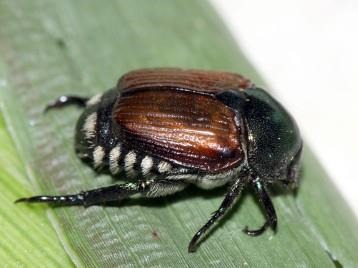Dry matter intake is also a key metric in determining feed efficiency, which is important in climate smart strategies to reduce methane emissions, and milk nitrogen efficiency to decrease nitrogen loads. Using the information in Table 1, incorrect interpretations about the efficiency of the herd would be made if only the formulated ration numbers were used. Both feed and nitrogen efficiency appear to be in the ideal ranges for all lactating groups. However, the actual dry matter intake and production numbers show there are some problem areas. The first lactation milking group has very poor feed and nitrogen efficiency. Correcting these issues could result in improved herd performance. There is also an opportunity with the high and mature cow milking groups. It is noteworthy that even though milk urea nitrogen (MUN) for the herd is within the recommended range, there is an opportunity to improve nitrogen efficiency. That is why MUN alone as the sole metric for nitrogen utilization may be misleading.
Precision feeding encompasses many aspects of feeding management and there is not one measurement that accurately conveys how a herd is doing. Actual dry matter intake is the major critical factor that determines animal performance and efficiencies that impact the environment. Utilizing MUN along with milk nitrogen and feed efficiencies can be instrumental in finding the bottlenecks to herd performance as well as opportunities to reduce nutrient loads. This approach applies to all feeding systems whether it is a TMR, component-fed, or grazing. The Extension dairy team has specialists who are available to conduct feeding assessments and provide the data to determine the lactating herd’s efficiencies. More information is available by contacting Tammy Perkins at 814-865-9973.
Table 1. Comparison between the formulated paper ration and the actual ration for a dairy operation milking three times per day1

1The actual milk production per group is from DHIA, the dry matter intake is based on a 14-day average (record of batch weights, refusals, cow numbers and dry matter percent) and adjusted with the dry matter percent from the TMR analysis (NDF, starch, and protein values are from the TMR analysis).
2Milk nitrogen efficiency is calculated using dry matter intake, milk pounds, milk protein percent, and ration protein percent. The goal is to achieve between 30 to 35 percent.
3Feed efficiency is calculated as energy corrected milk divided by dry matter intake. An acceptable range is between 1.45 and 1.70.
Note: For the two-week period of data collection, this herd averaged 84.6 pounds of milk with a 3.75% milk fat, 3.05% milk protein and MUN ranged between 11-12.5 mg/dl.
Economic perspective:
Monitoring must include an economic component to determine if a management strategy is working or not. For the lactating cows, income over feed cost is a good way to check that feed costs are in line for the level of milk production. Starting with July 2014’s milk price, income over feed cost was calculated using average intake and production for the last six years from the Penn State dairy herd. The ration contained 63% forage consisting of corn silage, haylage, and hay. The concentrate portion included corn grain, candy meal, sugar, canola meal, roasted soybeans, Optigen, and a mineral vitamin mix. All market prices were used.
Also included are the feed costs for dry cows, springing heifers, pregnant heifers, and growing heifers. The rations reflect what has been fed to these animal groups at the Penn State dairy herd. All market prices were used.
Income over feed cost using standardized rations and production data from the Penn State dairy herd.

Note: October's Penn State milk price: $26.67/cwt; feed cost/cow: $7.95; average milk production: 81 lbs.
Feed cost/non-lactating animal/day.

Source : psu.edu